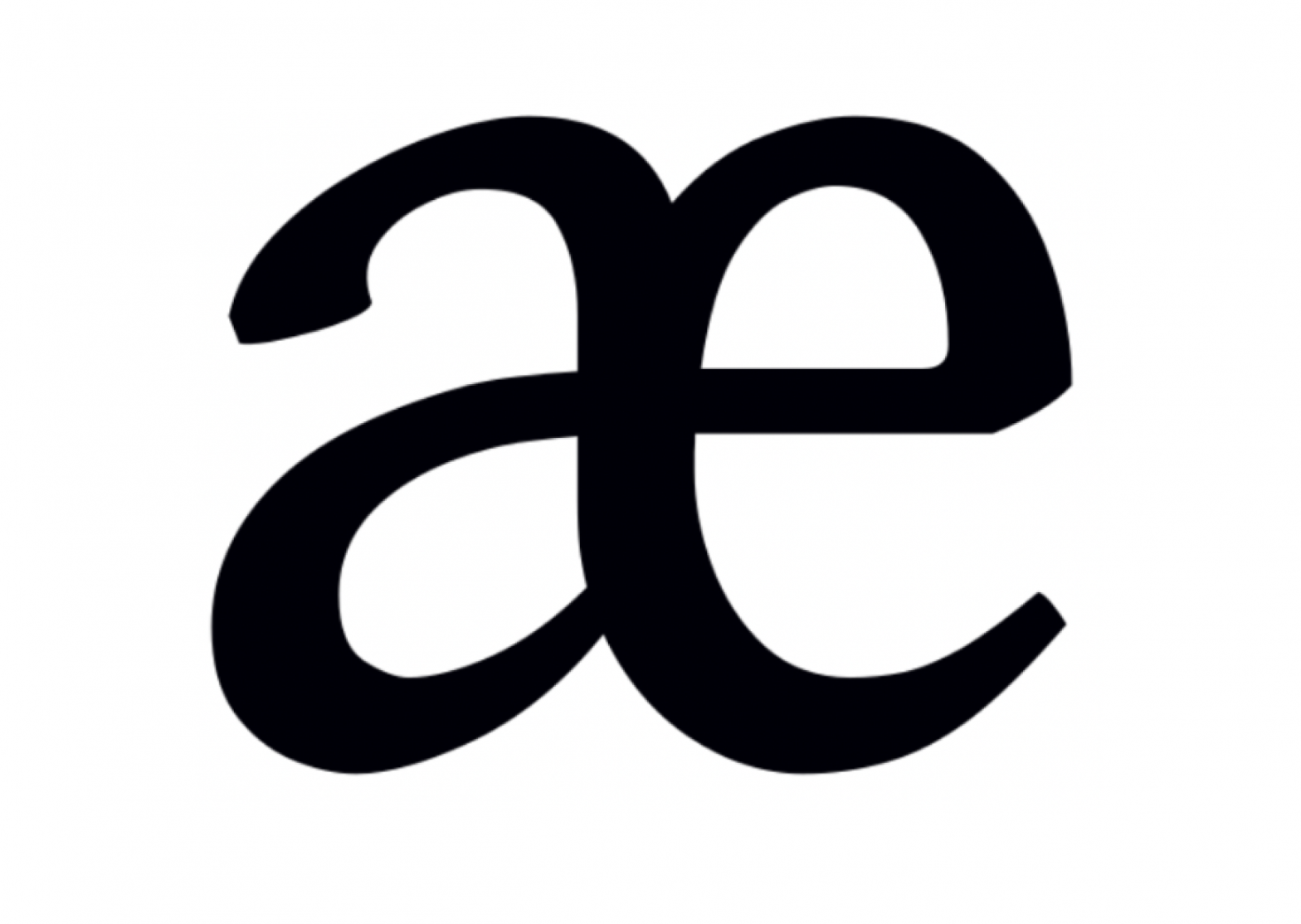The developments in the area of phonetics in the 19th century, like the work of the brothers Grimm, led in 1886 to the creation of the International Phonetic Association in Paris. Soon thereafter, in 1888, the International Phonetic Alphabet (IPA) was established. Based on the Romic alphabet, the IPA was designed to describe and systematize the sounds that occur in the world’s spoken languages.
The most important result of the IPA’s work is the so-called IPA chart. This is a chart that shows the sounds divided into vowels and consonants. Nowadays the IPA contains 107 different vowels and consonants. There is no single language known so far that uses all these consonants or vowels.
The IPA was also intended to help language learners learn the pronunciation of individual sounds. Today we have the Internet, and with it quick access to recordings of various languages, but this is a luxury language students did not have in the 19th century. They could not hear the pronunciation of individual words. Knowledge of the alphabet was therefore essential to study languages.
IPA made it easier to transcribe the sounds found in spoken language and paved the way to further popularization of language learning in the 20th century.








